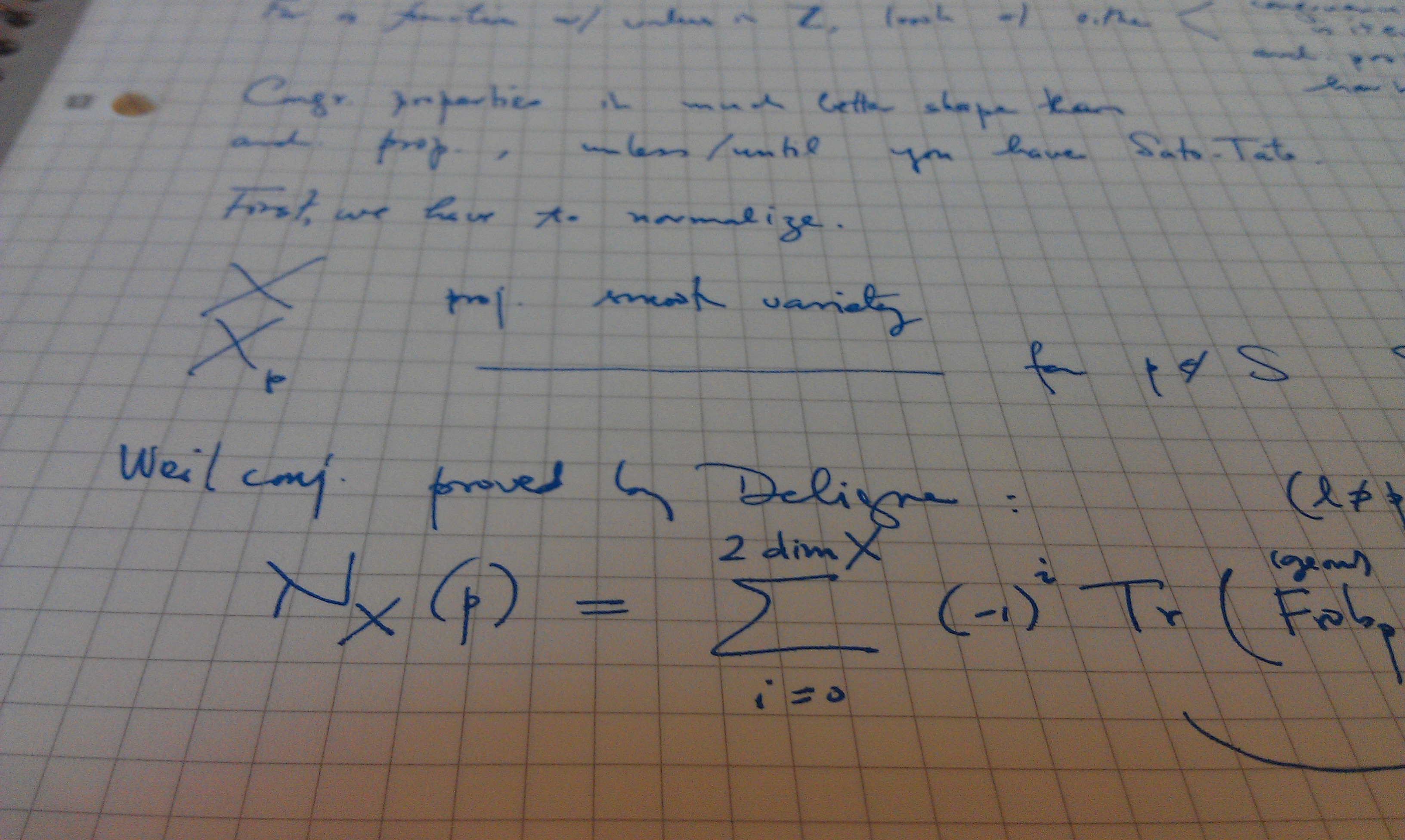Publication Date
2014
Journal or Book Title
Annals of Surgery
Abstract
OBJECTIVE: To develop predictive models for early triage of burn patients based on hypersusceptibility to repeated infections. BACKGROUND: Infection remains a major cause of mortality and morbidity after severe trauma, demanding new strategies to combat infections. Models for infection prediction are lacking. METHODS: Secondary analysis of 459 burn patients (≥16 years old) with 20% or more total body surface area burns recruited from 6 US burn centers. We compared blood transcriptomes with a 180-hour cutoff on the injury-to-transcriptome interval of 47 patients (≤1 infection episode) to those of 66 hypersusceptible patients [multiple (≥2) infection episodes (MIE)]. We used LASSO regression to select biomarkers and multivariate logistic regression to built models, accuracy of which were assessed by area under receiver operating characteristic curve (AUROC) and cross-validation. RESULTS: Three predictive models were developed using covariates of (1) clinical characteristics; (2) expression profiles of 14 genomic probes; (3) combining (1) and (2). The genomic and clinical models were highly predictive of MIE status [AUROCGenomic = 0.946 (95% CI: 0.906-0.986); AUROCClinical = 0.864 (CI: 0.794-0.933); AUROCGenomic/AUROCClinical P = 0.044]. Combined model has an increased AUROCCombined of 0.967 (CI: 0.940-0.993) compared with the individual models (AUROCCombined/AUROCClinical P = 0.0069). Hypersusceptible patients show early alterations in immune-related signaling pathways, epigenetic modulation, and chromatin remodeling. CONCLUSIONS: Early triage of burn patients more susceptible to infections can be made using clinical characteristics and/or genomic signatures. Genomic signature suggests new insights into the pathophysiology of hypersusceptibility to infection may lead to novel potential therapeutic or prophylactic targets.
DOI
https://doi.org/10.1097/SLA.0000000000000759
Volume
261
Issue
4
Recommended Citation
Yan, Shuangchun; Tsurumi, Amy; Que, Yok-Ai; Ryan, Colleen M.; Bandyopadhaya, Arunava; Morgan, Alexander A.; Flaherty, Patrick; Tompkins, Ronald G.; and Rahme, Laurence G., "Prediction of Multiple Infections After Severe Burn Trauma: a Prospective Cohort Study" (2014). Annals of Surgery. 1277.
https://doi.org/10.1097/SLA.0000000000000759
